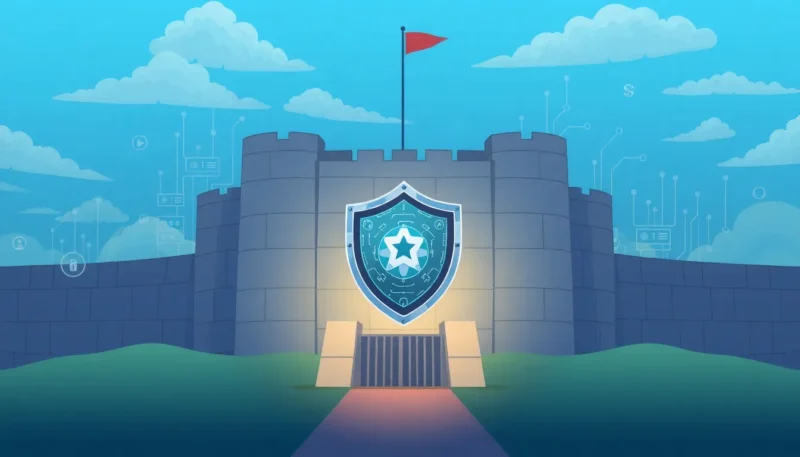
Despite the massive digital adoption, direct mail remains a desirable marketing strategy. Many nonprofit organizations use appeal letters to solicit donations. Some write newsletters, postcards, and greeting cards to raise awareness and ask for financial contributions. Direct mail letters should include your organization’s pitch, uses for the donations, and ways to donate. The method allows organizations to personalize messages and target the ideal candidates.
However, direct mail marketing has its intricacies and requirements. Unless a nonprofit organization can decipher these intricacies and devise effective mail, direct mail marketing is a mission in futility. You can leverage these seven tips to create action-triggering direct campaigns.
1. Introduce Urgency in Your Appeal
Direct mail appeals must be time-sensitive and compel donors to take action fast. Adding deadlines instills urgency in your offers. You can seek the help of brilliantmpi.com to print custom postage, letters, and labeling on time.
Use captivating stories and phrases to motivate donors to give now instead of waiting. Does your organization have pressing activities and projects they need to complete? Introduce details of programs you have launched that would benefit from such donations. You can also add energy and excitement to the campaigns to push donors to respond urgently to the appeals.
2. Focus on A Specific Goal
Nonprofits have multiple projects and activities on their bucket list every year. It is wise to let donors know your mission and goals. But, avoid doing it in a single appeal because it can make donors shy away from donating. That happens when they can barely tell what you intend to achieve with the financial aid.
Instead of multiple goals, focus on one to help donors understand how their gifts will make an impact. Communicating several messages in a single appeal can confuse and alienate potential donors, so avoid it.
3. Show Donors What You Have Achieved
With so many scams, it is never in vain for donors to ask for social proof. Donors utilize social proof documents to ascertain an organization’s credibility. You can add printed messages from previous donors. Share real-life examples of your organization’s impact on the target community.
Use persuasive language to emphasize impact and reinforce the decision to donate. Donors contribute to legitimate causes with third-party approval.
4. How Will the Donor Benefit?
Donors want to know what is in for them after contributing to your cause. Write your copy to address their concerns and why they should contribute. Tell your potential donors how giving will benefit them and why they should do it.
For instance, nonprofits running a charity program can tell donors how many people will receive food, clothing, or other basics from a single donation. Tell your donors how many people you can reach with the minimal amount requested. Such motivating stories can change the donor’s perspective, making them want to be part of the community.
5. Tell Them Who the Beneficiary Is
The worst mistake nonprofits make is assuming their potential donors know what they want and why. Fewer donors will read through your social media pages and website to understand your organization and the projects you support. Create a compelling mail copy with an introductory part telling donors who you are and who benefits from donations.
Do you support street children or people living in poverty? Or does your organization provide financial assistance to people seeking higher education? Tell your donors what you do and who you target with the gifts.
6. Clear and Concise Copies
Donors are ever busy and barely pay attention to your complicated appeals. Most read the first line and neglect the rest when the copies appear too complex. Use short paragraphs and sentences. You should never complicate your copy with jargon and uninteresting stories. Strive for words shorter than five letters. Financial appeals with complicated storylines will never win donations.
Your core reason for writing a direct mail appeal is to trigger actions and attract donations. Direct mail appeals that are complicated and uninteresting will barely receive positive responses. Make your copies easy to understand with simple language and direct-to-point stories.
7. Share Mind-Boggling Stories
People no longer read as they used to 10 years ago. Phones, social media, and short attention spans are the leading causes. However, nobody can resist an interesting story integrated seamlessly into high-end direct mail copies. Many people will read these stories several times to get the message before responding.
For that reason, you must leverage the power of stories to make your direct mail copies more effective. Create stories telling the unknown facts about your organization and how you came to be. Tell them several instances when your organization gave someone a reason to live following your donations. You can even share video scripts of your engagements with some beneficiaries. Make your stories irresistible to motivate donations.
Wrapping Up
Organizations expect every direct mail campaign to produce impressive outcomes. They expect donations to flow after every few appeal letters they send to their donors. Many nonprofits fail to realize donors don’t give because they received appeal letters but because you gave them enough reasons to contribute. Make your direct mail materials concise, clear, and exciting to motivate engagement. Tell donors reasons to contribute to your cause and how their gifts will benefit the target community.












